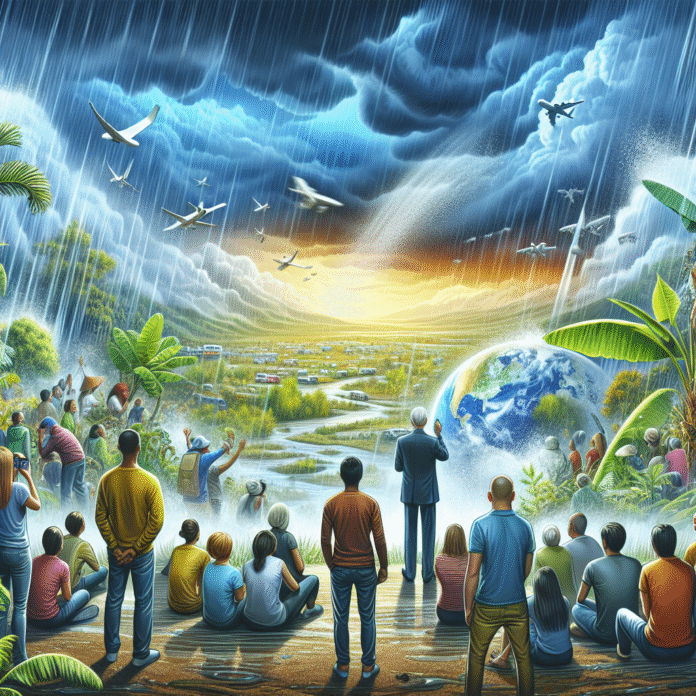Impact of Climate Change on Extreme Rainfall
Earthjustice
Climate Change and Its Impact on Extreme Rainfall
Climate change is increasingly recognized as a significant driver of extreme weather events, particularly heavy rainfall. As global temperatures rise due to human activities, such as the burning of fossil fuels and deforestation, the atmosphere is capable of holding more moisture. This increase in atmospheric moisture leads to intensified precipitation during storms, resulting in severe flooding and other related disasters.
The Science Behind Extreme Rainfall
When the Earth’s temperature rises, it affects the water cycle. Warmer air can hold approximately 7% more moisture for every degree Celsius of warming. This means that during storms, the potential for heavy downpours increases dramatically. Studies have shown that regions around the world are experiencing more frequent and intense rainfall events, which can overwhelm drainage systems and lead to significant flooding.
The Consequences of Extreme Rainfall
The ramifications of increased rainfall are far-reaching. Communities are at higher risk of flooding, which can lead to property damage, loss of life, and displacement of populations. Agriculture is also significantly impacted, as excessive rainfall can destroy crops, erode soil, and disrupt planting seasons. Additionally, heavy rainfall can contribute to water contamination, as runoff may carry pollutants into drinking water supplies.
Global Examples of Extreme Rainfall Events
Around the world, many regions have witnessed devastating impacts due to extreme rainfall. For instance, cities like New Orleans and Houston have faced catastrophic flooding events linked to climate change. In Europe, countries such as Germany and Belgium have experienced record-breaking rainfall, resulting in deadly floods that have destroyed infrastructure and homes. These examples highlight the urgent need for action to mitigate climate change and adapt to its effects.
Mitigation and Adaptation Strategies
To address the challenges posed by extreme rainfall, comprehensive strategies are needed. Mitigation efforts should focus on reducing greenhouse gas emissions, transitioning to renewable energy sources, and promoting sustainable land use. On the adaptation front, communities must invest in resilient infrastructure, improve drainage systems, and develop emergency response plans to better handle the impacts of heavy rainfall.
The Role of Policy and Advocacy
Addressing climate change and its effects on extreme rainfall requires strong policy initiatives and advocacy. Organizations like Earthjustice are crucial in promoting legal frameworks and policies that protect vulnerable communities and the environment. By pushing for climate justice and equitable solutions, we can work towards a future where we are better prepared for the challenges posed by extreme weather events.
In conclusion, climate change is a driving force behind the increase in extreme rainfall, with significant implications for communities, economies, and ecosystems. Understanding the science, acknowledging the consequences, and implementing effective strategies are critical steps in addressing this pressing global challenge.


